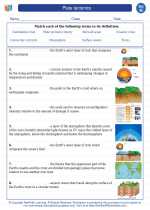Jurassic Period
The Jurassic Period is the second period of the Mesozoic Era, spanning from approximately 201 to 145 million years ago. It is known for the dominance of dinosaurs, the evolution of new marine reptiles, and the rise of the first birds. The period is named after the Jura Mountains located on the border between France and Switzerland.
Geology and Climate
During the Jurassic Period, the supercontinent Pangaea began to break apart, leading to the formation of the Atlantic Ocean. The climate was generally warm and tropical, with high sea levels and lush vegetation covering the land.
Life Forms
Dinosaurs
The Jurassic Period saw the rise of iconic dinosaurs such as the Brachiosaurus, Stegosaurus, Allosaurus, and the long-necked Diplodocus. These creatures dominated the land and represented a diverse array of species.
Marine Life
In the seas, marine reptiles like the ichthyosaurs and plesiosaurs thrived, while ammonites and belemnites were abundant. The first coral reefs also began to form during this time.
Flora
On land, the Jurassic Period was characterized by the presence of ferns, cycads, and conifers, with the first appearance of flowering plants towards the end of the period.
Study Guide
- What major event occurred during the Jurassic Period in terms of continental movement?
- Describe the types of dinosaurs that were dominant during the Jurassic Period.
- Identify and explain the significant marine reptiles that existed during this time.
- Discuss the plant life that characterized the Jurassic Period.
- Explain the significance of the first appearance of flowering plants during this period.
[Jurassic] Related Worksheets and Study Guides:
.◂Science Worksheets and Study Guides Eighth Grade. Plate tectonics
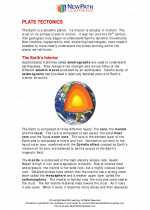
 Activity Lesson
Activity Lesson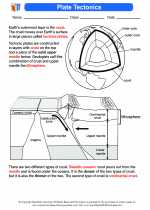
 Worksheet/Answer key
Worksheet/Answer key
 Worksheet/Answer key
Worksheet/Answer key
 Worksheet/Answer key
Worksheet/Answer key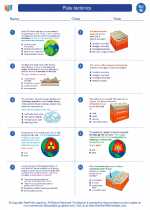
 Worksheet/Answer key
Worksheet/Answer key
 Vocabulary/Answer key
Vocabulary/Answer key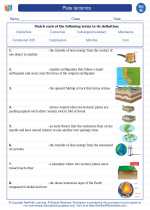
 Vocabulary/Answer key
Vocabulary/Answer key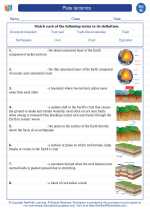
 Vocabulary/Answer key
Vocabulary/Answer key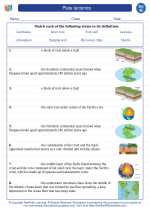
 Vocabulary/Answer key
Vocabulary/Answer key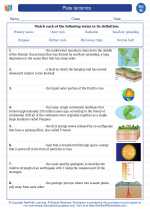
 Vocabulary/Answer key
Vocabulary/Answer key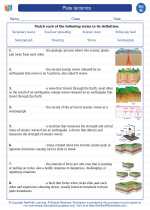
 Vocabulary/Answer key
Vocabulary/Answer key
 Vocabulary/Answer key
Vocabulary/Answer key